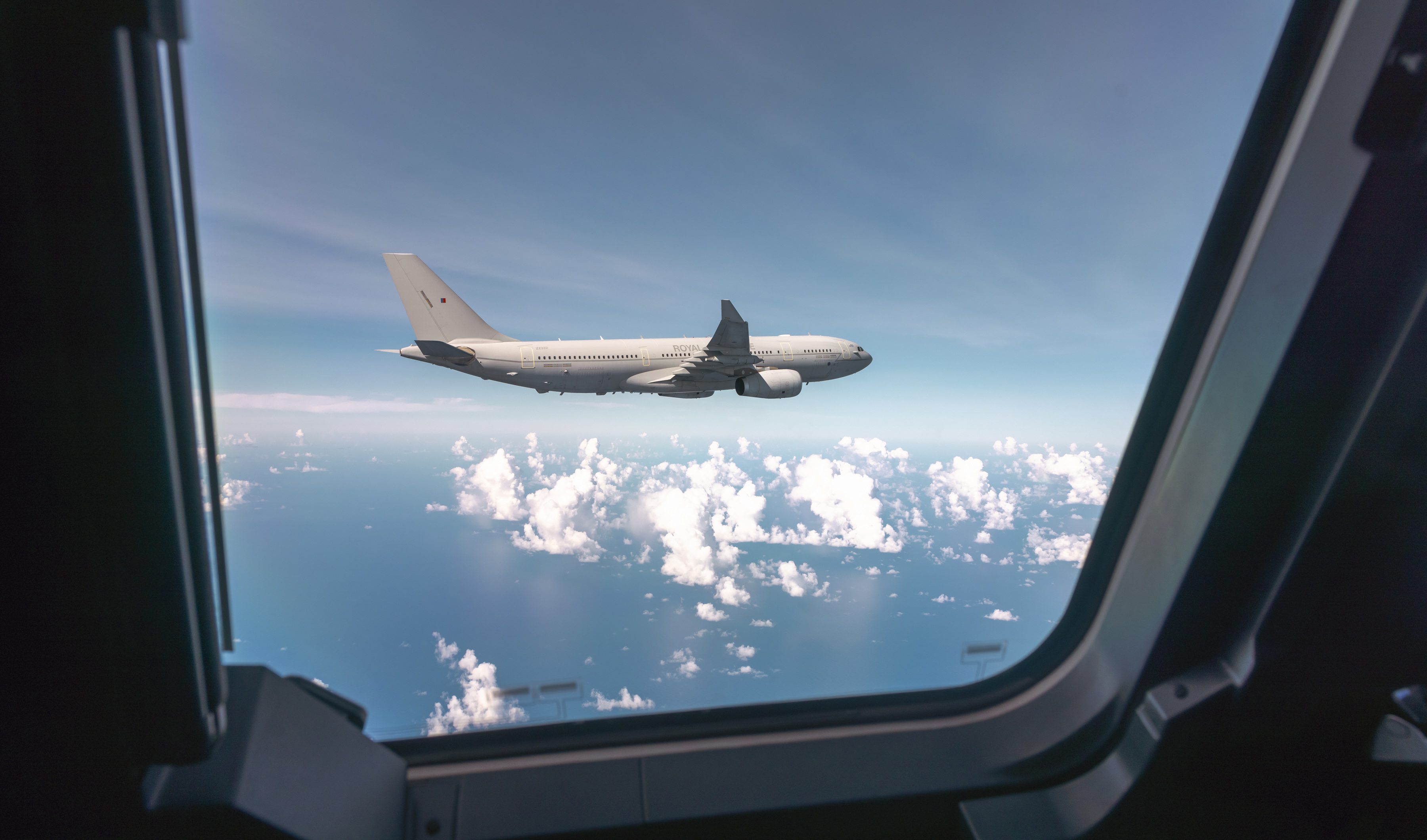A Royal Air Force detachment that flew more than 8000 miles to Guam, to join one of the largest air exercises in the western Pacific, has returned to the UK.
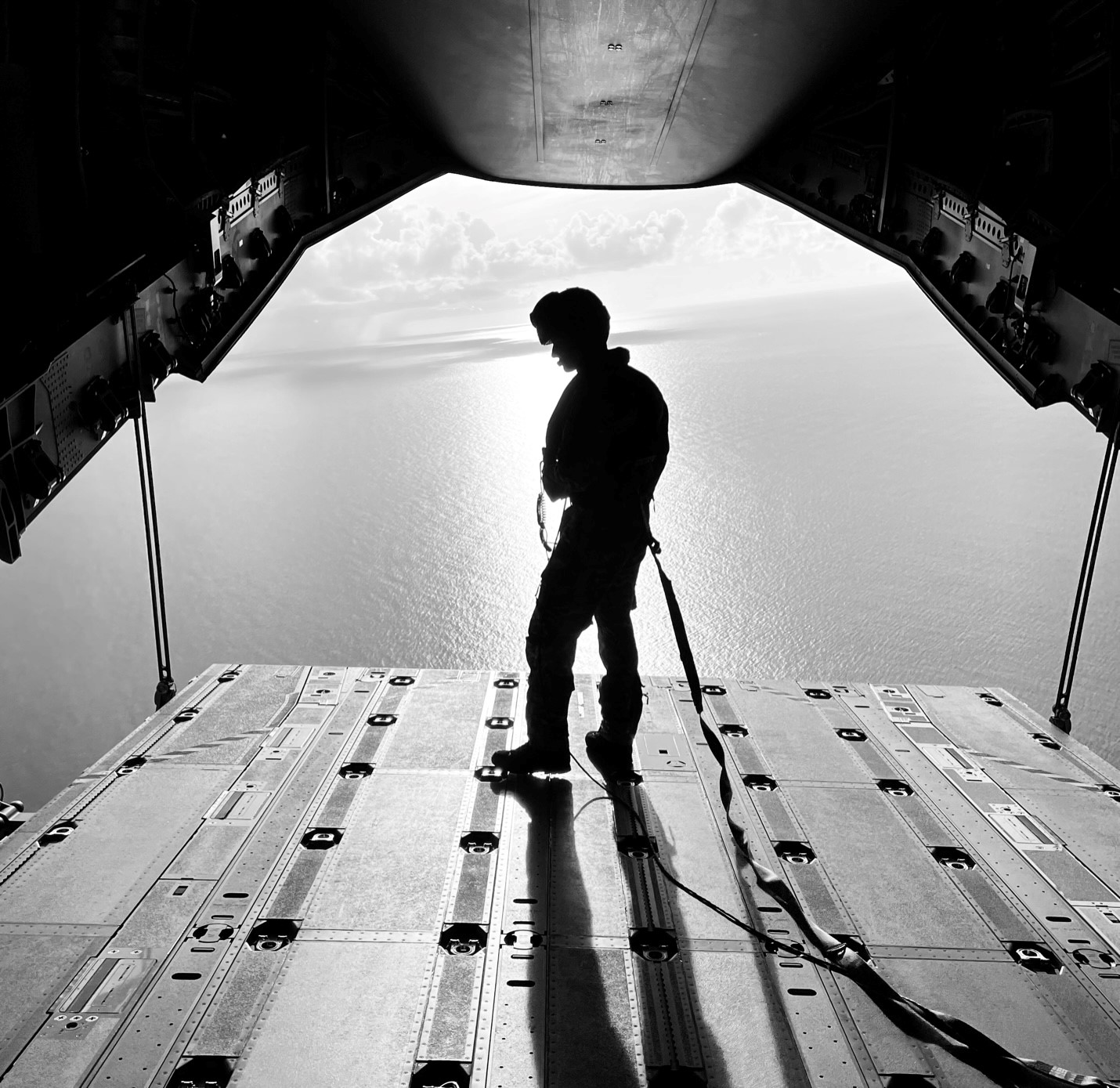
Exercise Mobility Guardian began with an Atlas A400M transport aircraft flying non-stop, and fully laden with cargo and personnel, from RAF Brize Norton. The 22-hour westward journey required air-to-air refuelling three times from RAF Voyagers and demonstrated the RAF’s ability to rapidly deploy to the region.
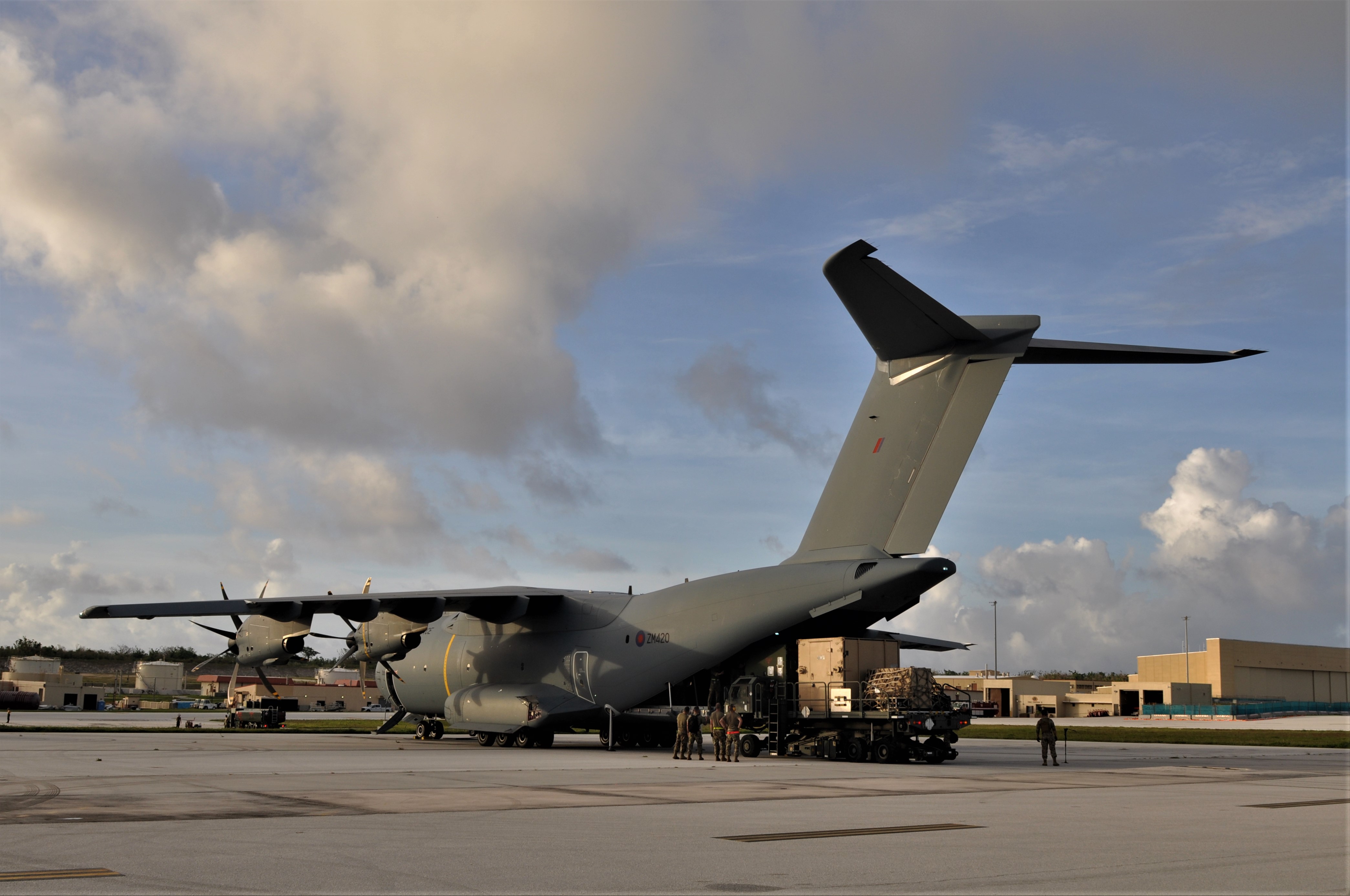
Seven countries – Australia, Canada, France, Japan, New Zealand, USA and the UK – contributed 3000 personnel to Mobility Guardian as part of several exercises in the Indo-Pacific international allied personnel. The RAF provided detachments of Atlas and Voyager aircraft to practice various aerial roles with allied forces, and a Tactical Medical Wing deployment took part to exercise medical scenarios using other nations’ aircraft as well as the more familiar RAF assets.
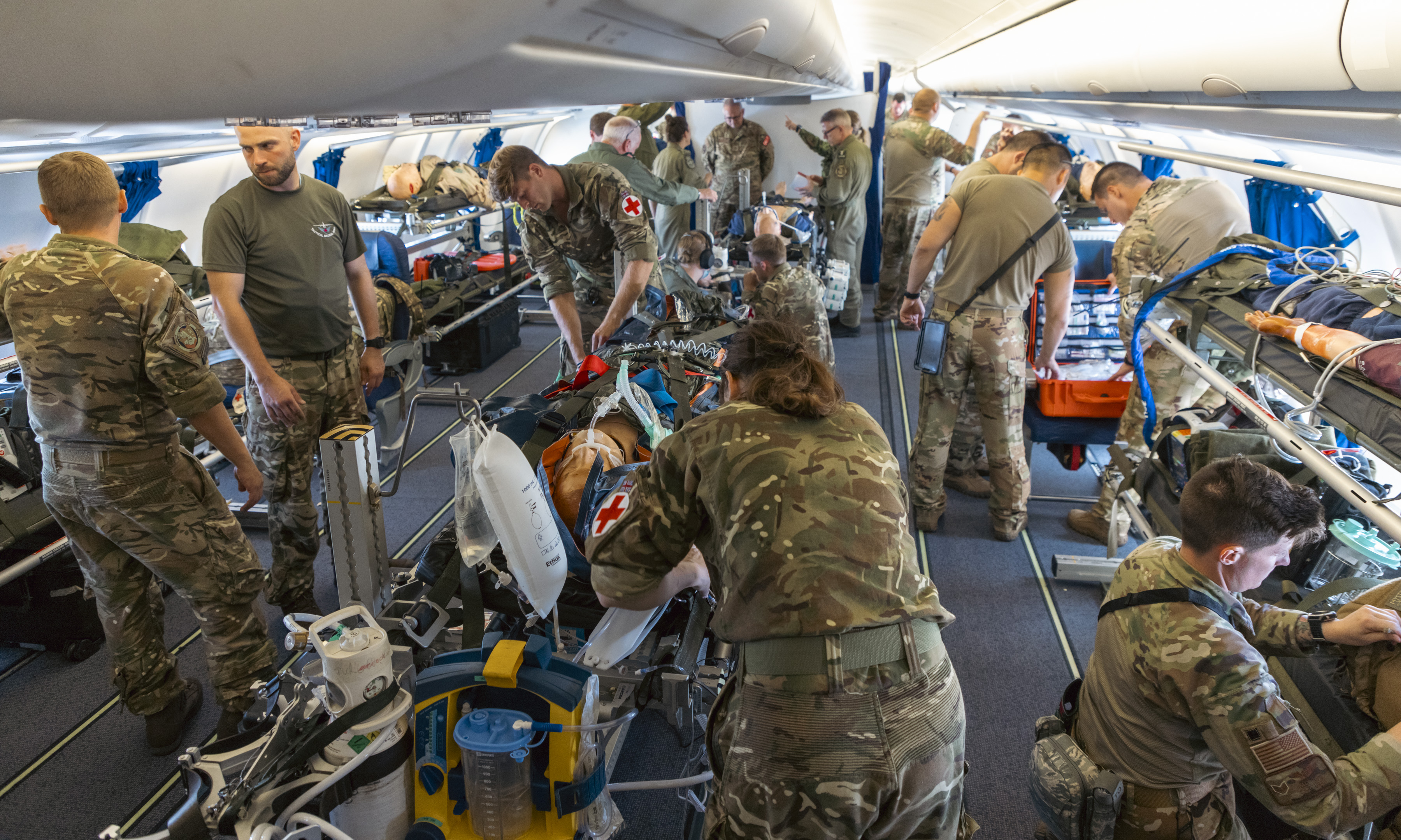
“This has been an extremely demanding, challenging, but ultimately successful exercise for all. We were set the task of demonstrating the RAF’s ability to operate at range from our home bases within a coalition of other nations to deliver air power at range. We have achieved that by the detachment committing to maximum effort throughout.”
Wing Commander Philip Foster
RAF Detachment Commander
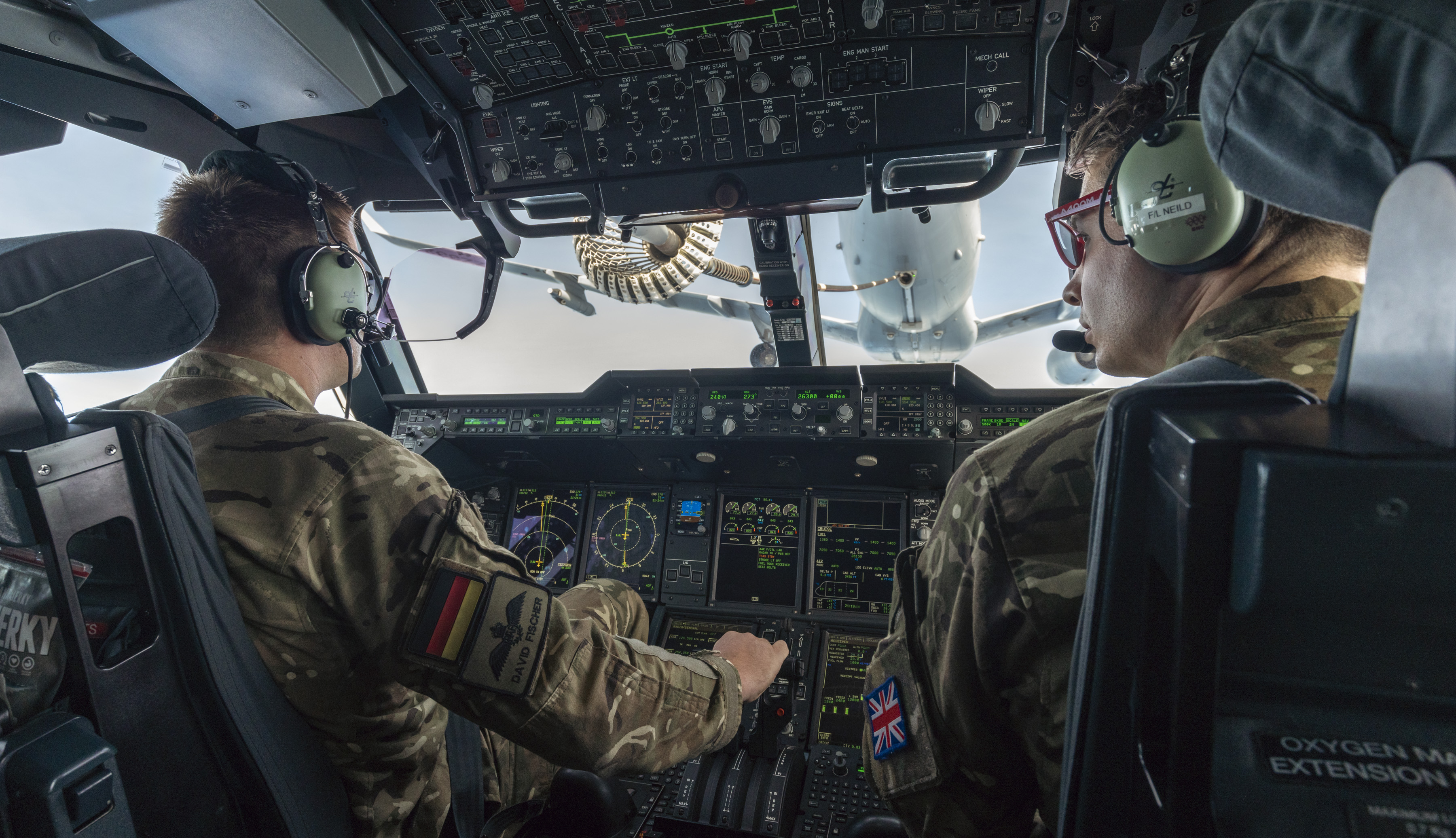
Taking place in Guam and Japan, the exercise demanded an intensive schedule from the deployed Atlas and Voyager aircraft. The Voyager conducted 22 sorties, sometimes two per day, and the Atlas totalled 19 sorties, at some points three per day. The deployed engineers and technicians maintained the aircraft solely with equipment brought with them from the UK, and despite austere conditions and searing temperatures, they achieved a 100% survivability rate for the 16 days of the exercise.
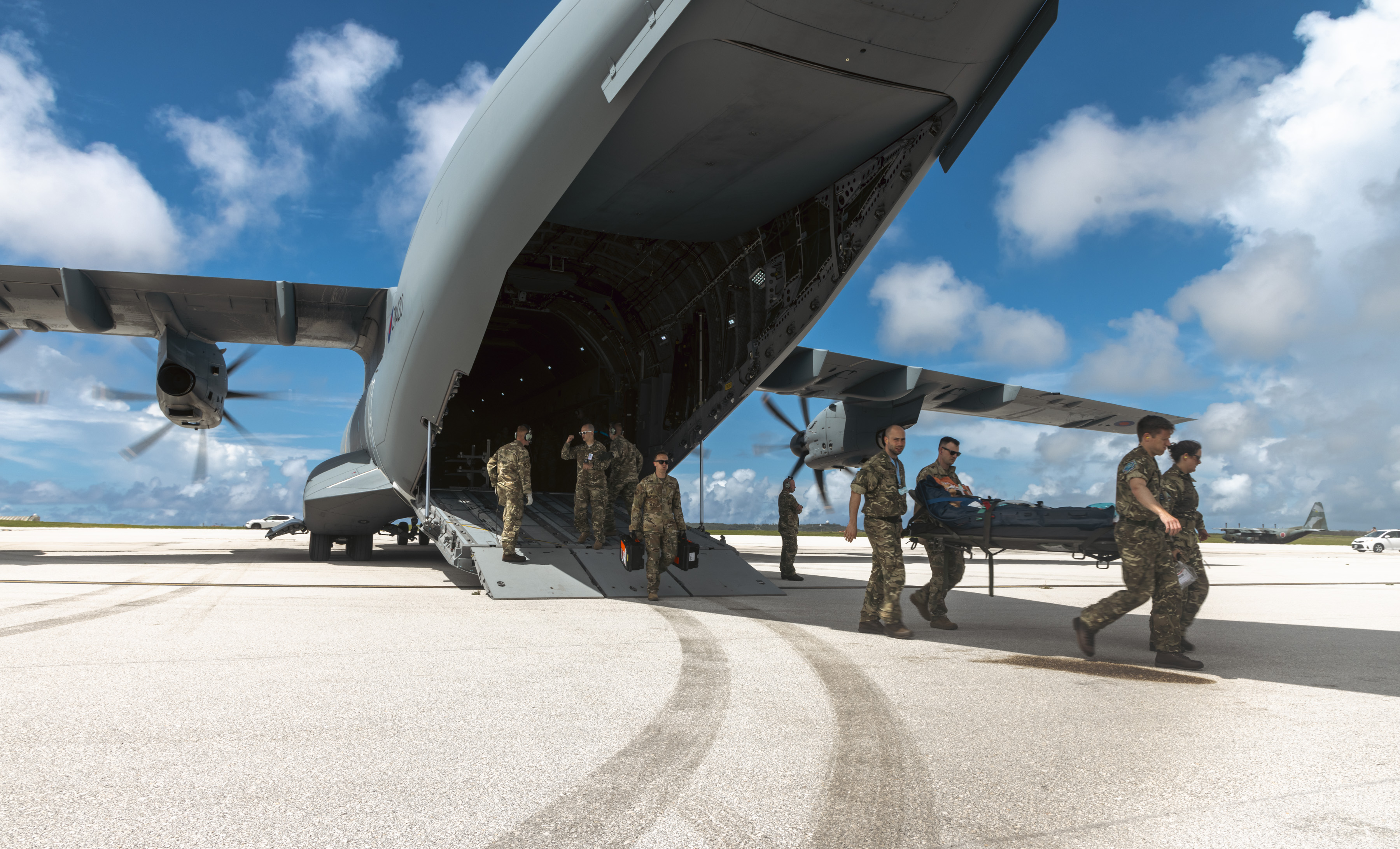
By arriving in the region quickly and being able to operate immediately and self-sufficiently, the RAF demonstrated an element of Agile Combat Employment - the ability to move to and operate from differing and distant locations, often austere, with minimal support.
